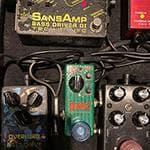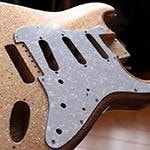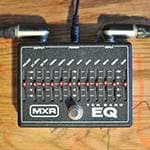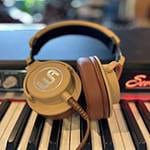Hello, this is Conservario.
While practicing, have you ever felt something like, “Today, my playing feels easier than usual,” or “I’m not playing as well as usual...”?
Of course, this can happen due to factors like your physical condition or the results of your practice the day before, but it could also be due to changes in the condition of your ukulele.
If you maintain your ukulele in a playable state, your motivation and enthusiasm will stay high, and you’ll keep improving!
Here are some easy ways to check your ukulele’s condition.
■ Body Dirt Check
Let’s start with something simple. Check for fingerprints, sweat, or grime on the body.
Not just the front, but also check the sides and back. Dirt tends to accumulate around the bridge and neck.
If there’s any dirt, wipe it off with a cloth. You can use a handkerchief or towel, but there’s a risk of scratching, so it’s best to use a cloth designed for cleaning.
I personally use a cloth for cleaning glasses. You might wonder if this affects playability, but it does!
When dirt accumulates, it can affect the resonance. Since the ukulele relies on the whole body vibrating to produce sound, excess dirt can muddy the resonance.
For both the sound and appearance, check for dirt regularly.
■ Body Damage Check
Let’s continue checking the body. Look for any cracks or missing parts of the bridge.
Ukuleles that have been exposed to excessive dryness or have been dropped may have cracks. If you find any cracks or damage, take it to a repair shop immediately.
Leaving it untreated can worsen the damage. Some people try to fix it themselves, but this usually results in only a temporary fix and can lead to higher repair costs later.
To avoid these issues, make sure to check the condition regularly, take care of the humidity, and avoid dropping it.
■ String Check
After checking the body, move on to the strings.
You’ll notice immediately if a string is broken, but make sure to check the condition of your strings regularly.
Here’s a question for you:
“When was the last time you changed your strings?”
If you can’t answer quickly, it’s a sign you need to be more attentive. Strings are consumables and need to be replaced regularly.
Some people wait until the strings break, but it’s better to replace them as soon as they show signs of deterioration. Worn-out strings, often described as ‘dead strings’, can negatively impact everything—resonance, tuning stability, fret wear, and can even cause finger pain. To check if your strings are dead, feel the underside (the part that touches the fret).
If it feels rough or bumpy, it’s time to replace them. To extend the life of your strings, wipe them down with a cloth after playing to remove hand oils and sweat.
■ Neck Dirt Check
Next, check the neck. Look for dirt on the fingerboard, back, and sides of the neck.
The back of the neck is the most prone to getting dirty since your palms sweat and it constantly makes contact.
Make it a habit to wipe the back of the neck first, even before the body, after playing.
Don’t forget to wipe down the fingerboard and sides as well.
■ Neck Warping Check
This one is a bit trickier.
Have you ever seen a performer or repair person looking at the neck from the head or body side while holding the ukulele vertically?
That’s to check for warping or twisting of the neck.
If you’re experienced, you can use that method to check, but it might be hard for beginners to tell.
If you’re not familiar with what a straight or warped neck looks like, you won’t be able to tell much just by looking. Here’s an easy method to check:
Press down on the 1st fret of the 4th string and the highest fret.
The highest fret may vary depending on the ukulele, but it is typically around the 12th to 18th fret.
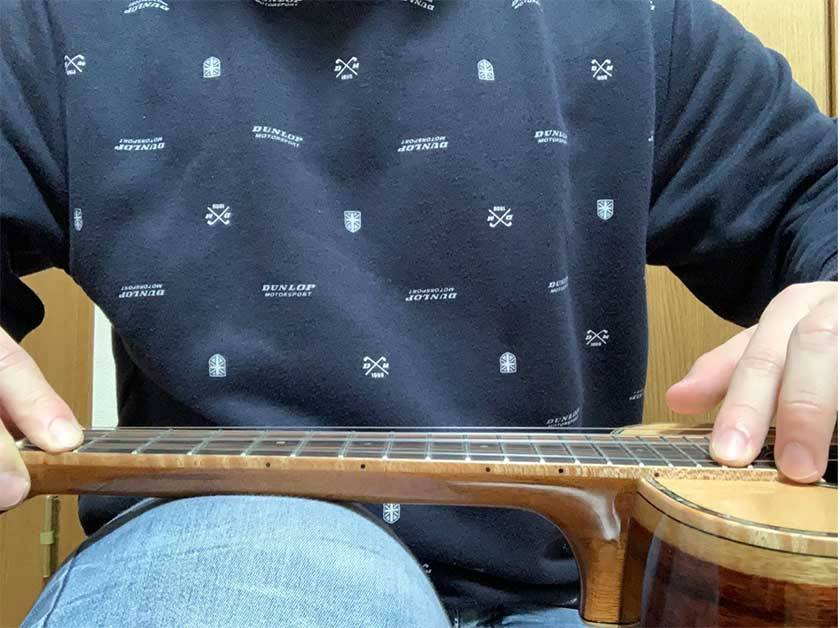
While holding down those two frets, look around the 10th fret. Are the strings touching the frets? Are they separated? If they are separated, the neck might be warped. If they are touching, the neck is either normal or possibly back-bowed. To be honest, adjusting the neck is a complicated issue, and even professional repairmen may have differing opinions on it.
If the strings are barely touching, or almost not touching at all...
That’s typically the safest condition.
If you’re concerned about the neck’s curvature, always take it to a repair specialist.
Trying to fix it yourself could cause serious damage, so please do not attempt it unless it’s an instrument you’re willing to risk breaking.
■ Conclusion
I’ve introduced how to check various parts of your ukulele. To be honest, this is just a brief overview.
How are the strings wound around the head? Have you cleaned the dust that might have entered through the holes? And more.
There are still many other areas to check, but this article focuses on the most important ones. Don’t just finish with the knowledge—make sure to include regular condition checks in your ukulele practice routine.
By doing so, you’ll be able to maintain a long-lasting relationship with your current ukulele.
Thank you for reading until the end!
The “sound & person” column is made up of contributions from you.
For details about contributing, click here.







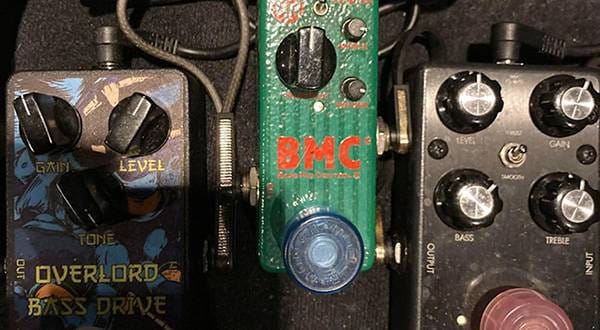
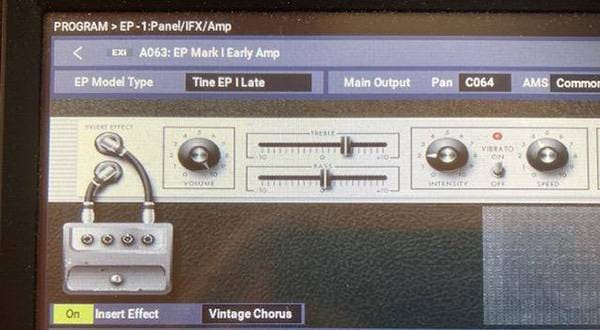
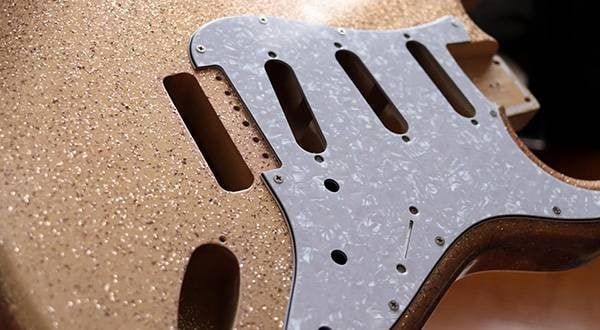
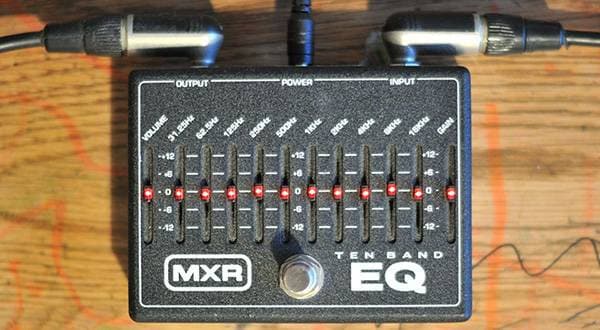
![[Enjoy the Ukulele Even More!] Basic Knowledge Before You Start Playing](/contents/uploads/thumbs/5/2022/2/20220214_5_16700_1.jpg)
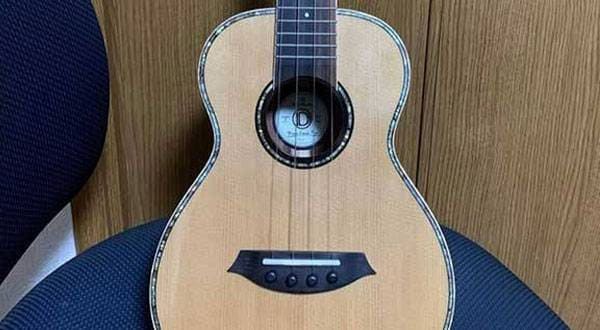
![[Enjoy the Ukulele Even More!] For Those Who Don’t Have Time to Practice](/contents/uploads/thumbs/5/2022/2/20220210_5_16650_1.jpg)
![[Enjoy the Ukulele Even More!] Practice that You Can Do Even Without Your Ukulele](/contents/uploads/thumbs/5/2022/1/20220131_5_16448_1.jpg)
![[Enjoy the Ukulele Even More!] How to Apply Vibrato](/contents/uploads/thumbs/5/2022/1/20220131_5_16451_1.jpg)
![[Enjoy the Ukulele Even More!] Self-Accompaniment and Solo Ukulele](/contents/uploads/thumbs/5/2022/1/20220128_5_16395_1.jpg)
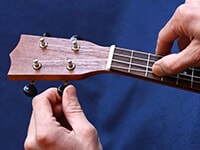 ウクレレのチューニング方法
ウクレレのチューニング方法
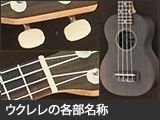 ウクレレの各部名称
ウクレレの各部名称
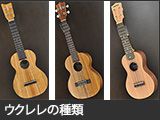 ウクレレの種類
ウクレレの種類
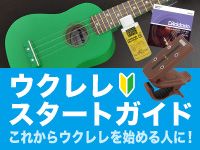 ウクレレスタートガイド
ウクレレスタートガイド
 めちゃラク!ギター講座
めちゃラク!ギター講座
 ウクレレ初心者講座
ウクレレ初心者講座

